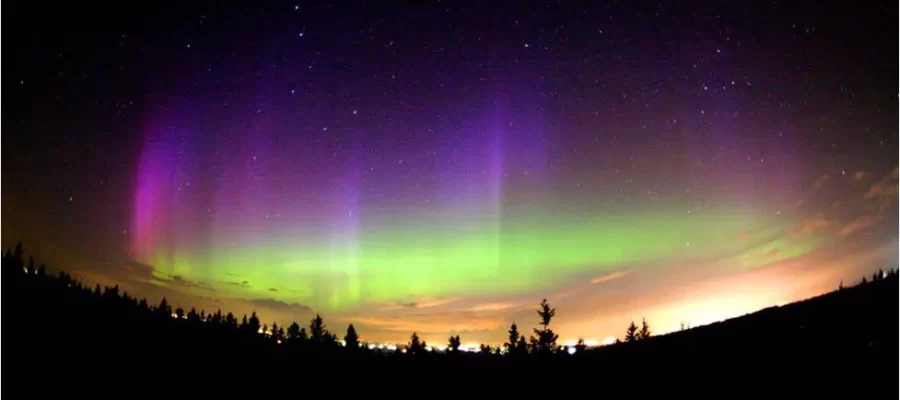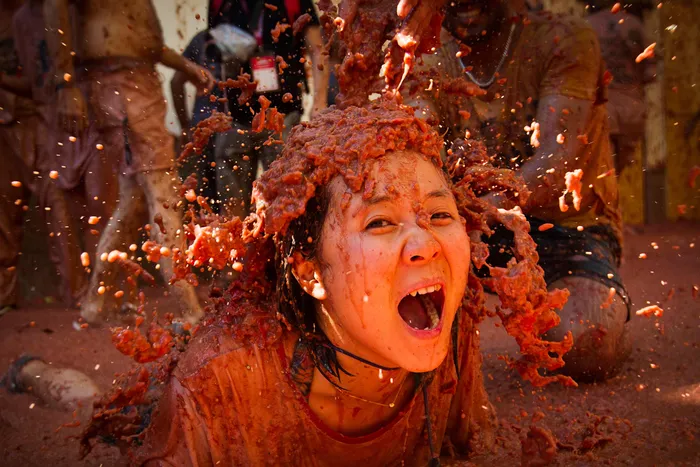When to See the Northern Lights: The Best Time of Year to Catch the Aurora
The Northern Lights, also known as Aurora Borealis, are one of nature’s most spectacular phenomena. The glowing, dancing colors that light up the sky are a must-see for anyone looking for an unforgettable experience. But when is the best time of year to see the Northern Lights? In this blog, we’ll explore the best time of year to catch the Aurora Borealis and how to plan your own Northern Lights trip.
Understanding the Northern Lights

The Northern Lights are caused by charged particles from the sun colliding with the Earth’s atmosphere. These particles create the glowing colors that we see in the sky. The Northern Lights can be seen year-round but are most visible during the winter months due to the longer nights and clearer skies. The best places to see the Northern Lights are in the northern regions of Norway, Sweden, Finland, and Iceland.
The Best Time of Year to See the Northern Lights

The best time of year to see the Northern Lights is during the months of January, February, and March. These months have long, dark nights and clear skies, making it easier to see the Aurora Borealis. Additionally, these months also have the highest levels of geomagnetic activity, which means that the Northern Lights are more likely to appear.
Other times of the year can also offer Northern Lights viewing opportunities, but they may not be as reliable or as intense as during the winter months. In the fall and spring, there may be more daylight hours, making it harder to see the Northern Lights. During the summer months, the Arctic region experiences the midnight sun, which means that the sun never sets, making it impossible to see the Northern Lights.
How to Plan a Northern Lights Trip

Planning a Northern Lights trip requires careful consideration of several factors. Firstly, choose the right location based on the time of year you plan to travel. Secondly, book your accommodations and transportation in advance, as Northern Lights tourism is very popular, and availability can be limited. Finally, pack the right gear, including warm clothing, sturdy boots, and a camera.
It’s also important to choose a reliable tour operator or guide who knows the best viewing spots and can help you make the most of your Northern Lights experience. Additionally, plan other activities to enjoy while you’re chasing the Northern Lights, such as dog sledding or skiing.
Other Factors to Consider

While the best time of year to see the Northern Lights is during the winter months, there are other factors to consider. Moon phases can affect Northern Lights visibility, as a full moon can make the sky too bright to see the Aurora Borealis. Additionally, weather conditions and light pollution can also affect Northern Lights viewing. To maximize your chances of seeing the Northern Lights, find a dark location with minimal light pollution and clear skies.
Conclusion
The Northern Lights are a natural wonder that everyone should experience at least once in their lifetime. The best time of year to see the Northern Lights is during the winter months, but other factors, such as moon phases and light pollution, should also be considered. By planning ahead and choosing the right location, accommodations, and activities, you can make the most of your Northern Lights trip and have an unforgettable experience.
Let us know your requirements. Our experts will curate the perfect itinerary for you.






















































